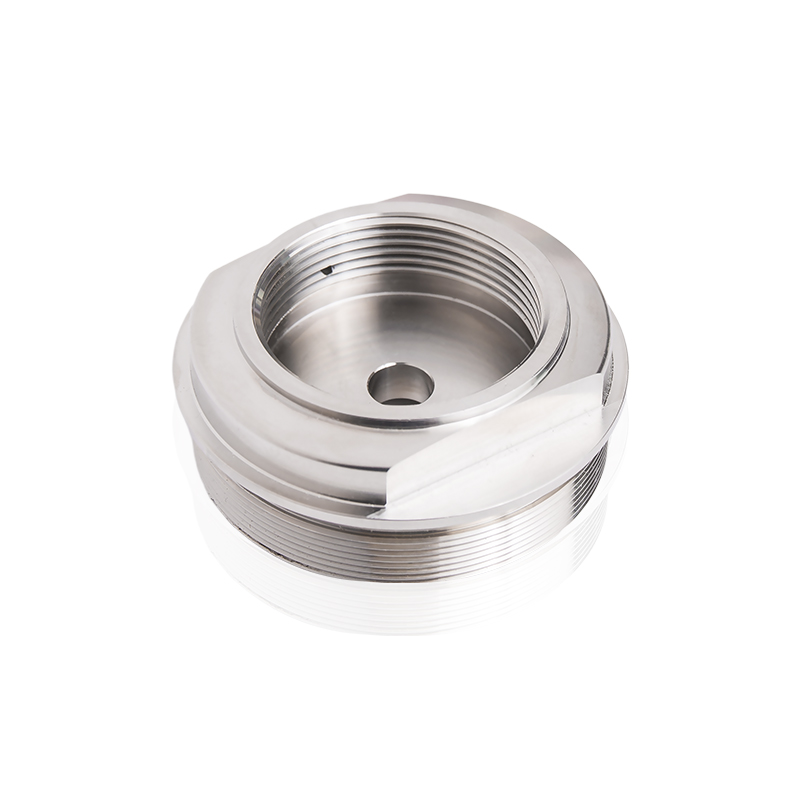Understanding the Role of Materials in Ultra-High Purity Pressure Reducers for Gas Control
 2025.04.23
2025.04.23
 Industry news
Industry news
When it comes to ultra-high purity pressure reducers, the choice of materials is far more than a matter of engineering preference—it's a critical determinant of performance, safety, and purity. These precision components operate in some of the most demanding environments, from semiconductor fabs to pharmaceutical cleanrooms, where even trace levels of contamination can jeopardize an entire batch or process. That’s why manufacturers invest in material science not just to meet specifications, but to ensure reliable, long-term operation in high-stakes applications.
At the heart of most high-purity gas regulation systems is stainless steel, particularly 316L or electropolished variants, which are prized for their corrosion resistance and low outgassing characteristics. For ultra-high purity applications, surface finishes matter just as much as base material. Internal surface roughness is often specified below 10 microinches Ra, sometimes even as low as 5, to prevent particle adhesion and microbial growth. This ultra-smooth finish also reduces the potential for gas molecules to become trapped and later released, a phenomenon known as desorption that can wreak havoc in sensitive analytical systems.
Seals and elastomers, though often less visible, are equally critical in the design of an ultra-high purity pressure reducer. Materials like PCTFE and Kalrez are chosen for their excellent chemical inertness and low permeation rates. In contrast, commonly used rubbers in industrial settings, such as Buna-N, would be completely unsuitable here due to higher levels of outgassing and reactivity with certain specialty gases. The selection of sealing materials must also consider thermal stability, especially for reducers operating in environments with temperature swings or during gas transitions.
Beyond material compatibility, manufacturers must account for the mechanical behavior of these materials under varying pressures and flow rates. Diaphragms, typically made of Hastelloy or Inconel, need to retain their shape and flexibility across a broad pressure range while resisting stress corrosion and fatigue. A distorted or compromised diaphragm not only affects pressure stability but can also introduce micro-contaminants into the system. That’s why advanced metal-forming techniques and rigorous quality control are non-negotiable in the production of these critical components.

It's worth noting that different gases present different challenges. For instance, ultra-high purity pressure reducers used with ammonia or hydrogen require special attention to material compatibility, as these gases are either highly reactive or prone to diffusion through metallic structures. In such cases, layered construction or diffusion barriers may be incorporated into the reducer’s design. Understanding gas-material interactions is not just a technical requirement—it’s a safety imperative and a performance guarantee.
From a practical standpoint, customers looking to source high-quality ultra-high purity pressure reducers should inquire about the full bill of materials used in the product—not just the visible housing but the internals, seals, and connection interfaces. A reputable manufacturer will have no hesitation in sharing this information, often backed by certificates of conformance and surface finish inspection reports. When purity is paramount, transparency in design and production is part of the value offering.
In short, the success of a high-purity gas system is deeply tied to the materials used in every component, and the pressure reducer is no exception. Our pressure reducers are engineered with purpose, built to outperform, and trusted across industries where there is no margin for error. By combining proven materials with precision craftsmanship, we help our clients maintain the integrity of their processes and the quality of their outcomes—because in the world of ultra-high purity, every detail counts.





















